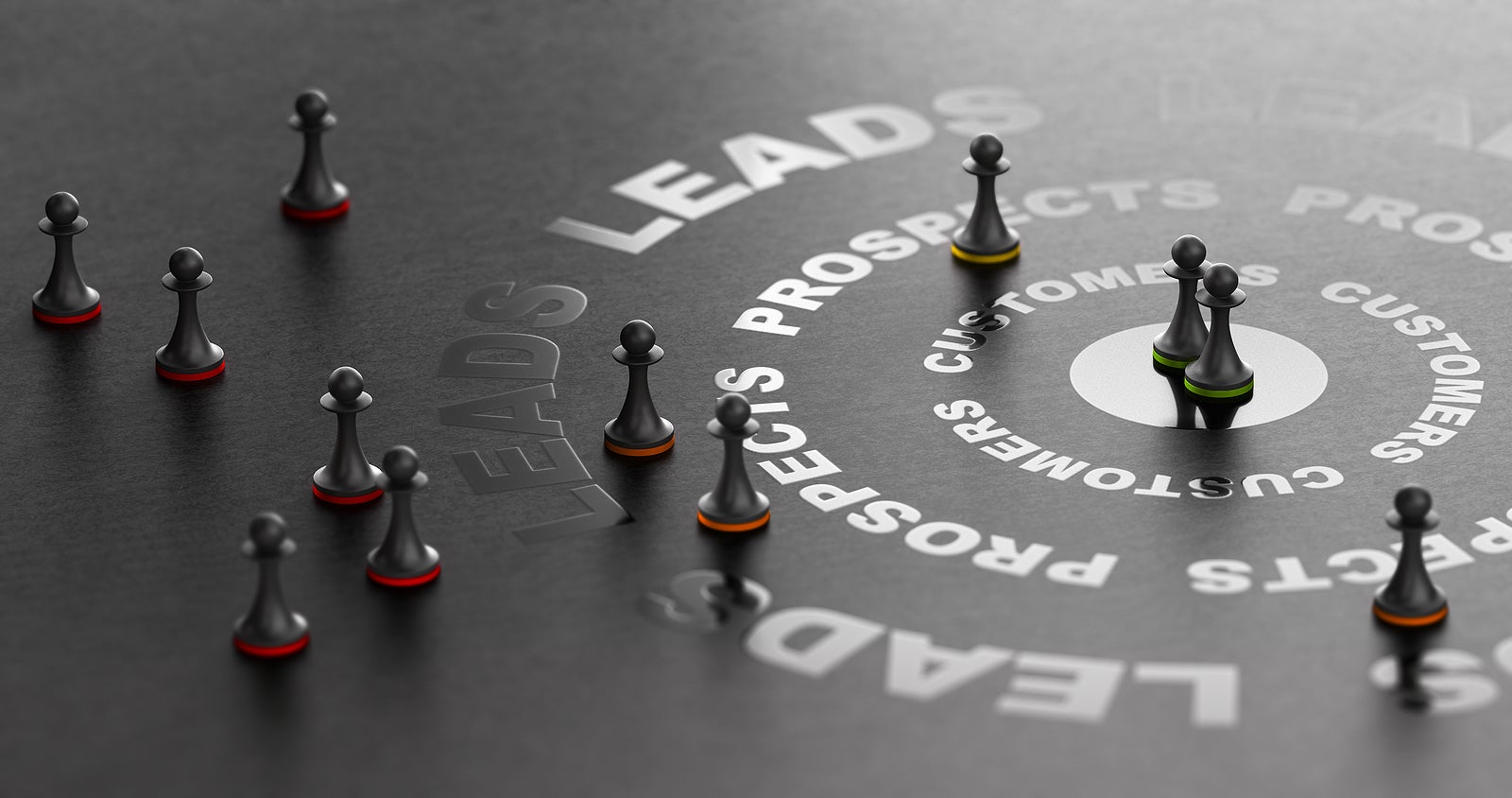
In this post we are going to take a look at different eCommerce conversion funnels and how you can optimize each stage.
What are the stages of the eCommerce conversion funnel?
Here are the different stages of an eCommerce funnel, leading to the purchase at the bottom stage.
Upper funnel users are beginning to research things and may be unsure of exactly what they need. They’re interested in gathering technical details and checking out brands to test which suits their needs.
Mid-funnel users know about popular brands. They are more likely to know what they want and kill choices that don’t have the value they want.
Lower funnel users know what their favorite brands are. They’re reading reviews to know more about their purchase. They’re at the final turn of making up their mind. They have done their preparatory work in advance.
The bottom of the funnel is when they purchase from you.
We would all love to directly get to the bottom of the funnel users but the top is where everyone starts. To optimize anything you need to understand what’s conversion rate.
What is your eCommerce website conversion rate?
Your ecommerce conversion rate is simply the percentage of visitors who take an action you want them to take. Conversion here implies sales. But it can also mean a number of things
- Creating an account on your site
- Calling up your business
- For submission
- Signing up for free or paid subscription
- Downloading a whitepaper or eBook
- Registering for a free trial
- Installing your app
- Using a fresh feature
- Upgrading to a new service
Conversion means the user engaging with your business.
To understand what’s a good conversion rate for your business take this information below with a grain of salt. The average conversion rate for ecommerce sites is 2.86%.
Desirable conversion rate for what you sell depends on your niche. Don’t get too excited by the industry average; it varies from niche to niche.
How to optimize conversion rate
CRO is one of the best ways to optimize your conversion. You need to introduce and iterate a few examples before you stick with one. The goal is to constantly improve performance over time.
Step 1: Define what you want users to do
In ecommerce industries the conversion event is generally a completed purchase. The event happens at the end of micro conversions. Conversion optimization is built around improving the rates of these micro conversions.
Step 2: Map your big funnel
Once you decide which action you want to take, plan the stages toward it. In most stores the conversion funnel is landing on the homepage, browsing products, adding to cart, checkout and purchase.
Step 3: Identify where you’re losing them
When tracking user behavior it’s critical to understand where in the funnel users are leaving. These are opportunities for improvement. These dropoff points are easier if the analytics platform tracks the said data.
Step 4: Look for small fixes that result in big returns
Look at it micro. See which clicks are causing most users to leave? Are they getting stuck at some point? I had one client site that posted long video reviews of their products on product pages. I suggested that they used a trimmed version of the video with a video trimmer. The shorter videos improved conversions. At other times you may need to kill stock images.
Step 5: Segment users to both successful and unsuccessful cohorts
Segmentation is powerful. These club people into behaviors by those who convert and behaviors by those who don’t convert. Do users who convert leave reviews? Do they click on the like button or on the save button.
Step 6: Consider your sources and optimize messaging
Group users by source of traffic, by search engine, social media and more.
Step 7: Hypothesize, test, repeat
The key to effective CRO is to be creative. That means running plenty of ideas, even ones that don’t seem to stem from logic, testing those ideas and then repeating different ideas. Are you using a template? Maybe it’s time to ditch that. It’s a game of patience. Finally, learn from each test.
What are some CRO best practices?
Tale a methodical approach to CRO. Use data. Don;t rely on guesswork or even hunches. Set baseline numbers then identify opportunities.
Focus on micro conversions. Test, measure and repeat the experiments.
1984 Views












